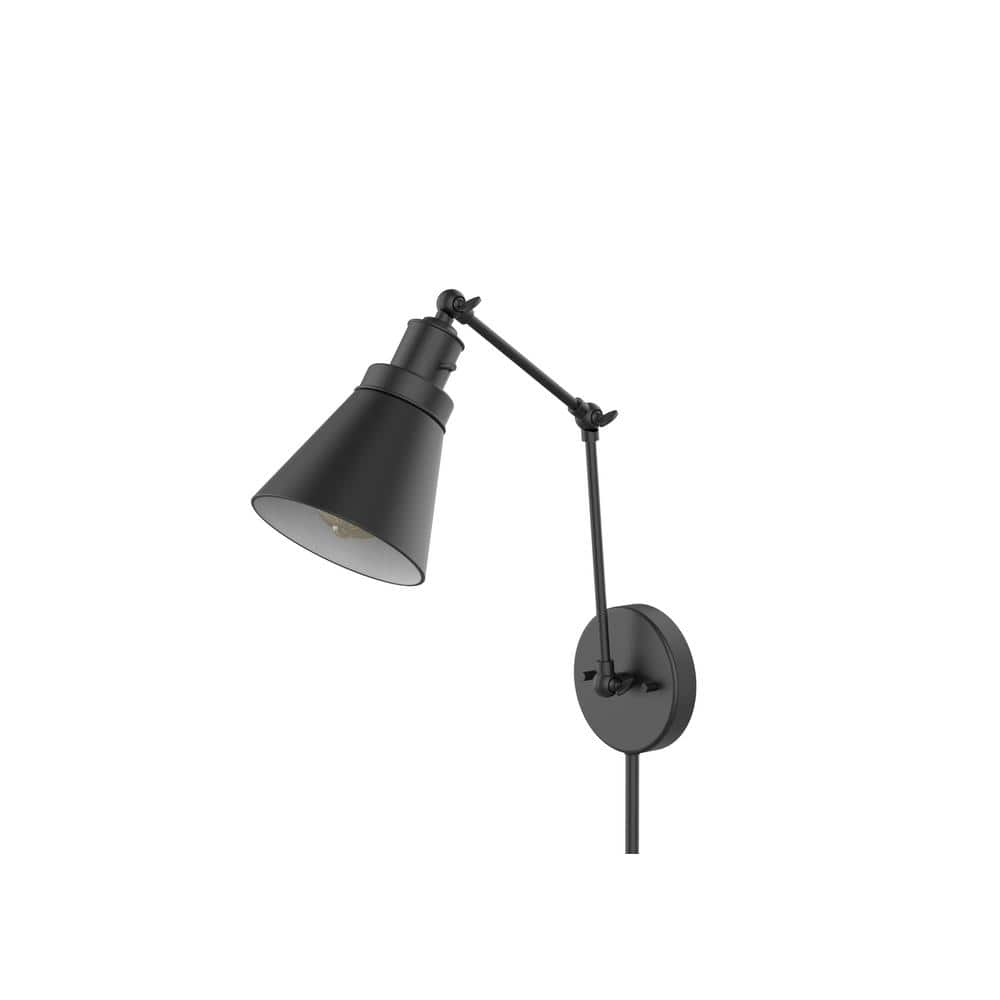Hampton Bay 19 in. White LED Task Lamp with Color Changing
Multi-functional task lamp perfect for upgrading your office. Charge up your mobile device with the convenient USB port. Touch dimmer with 3 levels of brightness to suit any mood.
Upgrade your office with this multi-functional Task Lamp. Use the gooseneck Color Changing Task Lamp to turn in any direction you need it or turn on the nightlight located on the base with a simple touch of the finger. A touch color wheel controls the change of color on the nightlight base to suit any mood and add some color to your decor. Charge up your mobile devices using a convenient USB port in the base.
- Integrated LED
- Color changing base – touch controlled
- Touch dimmer with 3-levels of brightness
- USB port on base
- 5 in. Dia base
- Up to 19 in. H
- 400 Lumens, 300K LED
Additional information
| Dimensions | H 19 in, W 5.25 in, D 5.25 in |
|---|---|
| Certifications and Listings | ETL Listed, FCC Listed |






by Sparky
I like it very much. It is small and very efficient. Exactly what I needed for the space.
by Laura
The lamp was perfect as a desk light. I needed to replace my old one and this one was more than I expected. I would recommend it to anyone looking for a desk lamp.
by Seth
Love this little lamp. Perfect. Has a nightlight and 3 light settings.
by Roxanne
the light gives more light that i expected and the flexibility of the arm (?) is perfect. i have an awkard setup of my 3 monitors and this lamp fits perfectly. PERFECT.
by Aurelia
Third one I have bought.